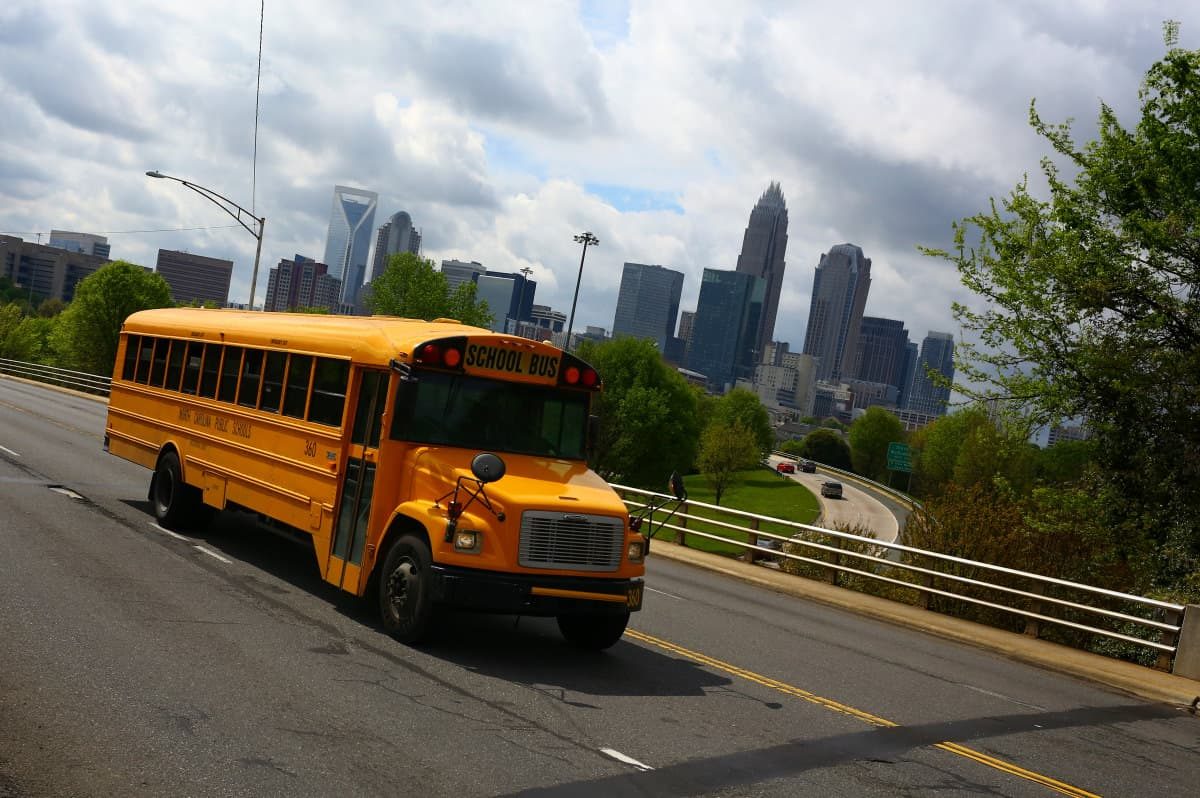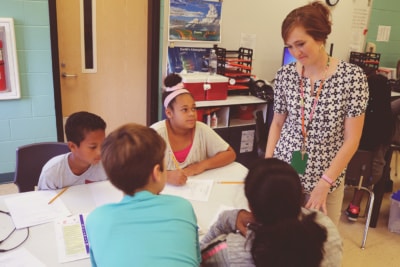

Four academic researchers from three public universities have produced fresh documentation of the South’s backsliding on school desegregation. Their array of data sketches out a story of a historic success that has eroded over the past three decades. The upshot imposes a burden on the education systems and civil society of the region’s states and communities.
“Separate has never been equal,” says the research paper released last week. “…Markets have not solved segregation; they have often made it worse. We want to believe segregation is self-curing and solved by time. In fact, it is strong and self-perpetuating, with divided schools fostering a divided society.”
For more than 20 years, Gary Orfield, co-director of the Civil Rights Project at the University of California at Los Angeles, has documented school resegregation in the American South. A few years back, he joined with scholars at UNC-Chapel Hill to produce a conference and a book. For the most recent paper, he has collaborators from Virginia Commonwealth University and Pennsylvania State University.
In 1954, the U.S. Supreme Court ruled that laws mandating separate public schools for blacks and whites unconstitutional. The court told states to desegregate “with all deliberate speed.” The court intended “speed’’ while the South chose “deliberate.” There was, in fact, little desegregation until subsequent court rulings in the late 1960s and in the 1971 busing case in Charlotte.
Through the 1970s, says the research paper, “the share of black students attending intensively segregated (90-100 percent minority) schools dropped sharply, from nearly 80 percent to 23 percent.” Some places in the South had higher levels of racial integration than schools elsewhere in the nation.
Now, however, “more than one in three black students attends an intensely segregated school in the region today,” says the paper. And higher percentages of Latino students attend such schools than black students.
Research has shown that, whatever the socialization benefits, there is no special educational lift in simply having black and white students in the same classroom. But what matters more, educationally, is to have lower-income students in classrooms along with middle-class students. Unfortunately, the paper reports “double segregation by race and poverty.”
“The typical black, Latino and low-income student in the South experiences intensive over-exposure to student poverty compared to the typical white or Asian student,” says the paper. “This aspect of school segregation — racial disparities in exposure to students from low-income households — has been clearly linked to academic achievement gaps. On average, black, Latino and low-income students head to schools in which low-income students make up 70 percent of the enrollment.”
It is, of course, easier to document resegregation than to figure out how to reverse the trend. Desegregation came through laws and court orders. No court orders of the 1950-60 vintage are in prospect. Housing patterns remain largely defined by race. And demographic shifts have produced a multi-ethnic region, in which white students represent less than half of public school enrollment.
The scholars offer a few suggestions: that school choice initiatives contain policies to foster diverse classrooms, that universities play a role through their teacher and education leadership preparation, and that public officials resist efforts to break up school districts that would create “white enclaves.” And in a nod to North Carolina, they write, “Magnet schools should include dual language immersion programs, now being actively developed, for instance, in North Carolina. Such programs are often seen as very desirable by white parents; integration is a natural byproduct when also including native language speakers.”
On the same day the academic researchers released their paper, the Charlotte-Mecklenburg school board struggled late into the evening before adopting its new student assignment plan. In addition to her news dispatch, Ann Doss Helms, the savvy education reporter of The Charlotte Observer, wrotea perceptive analysis in the Your Schools blog.
Helms recalled that the board resolved nearly two years ago to reduce racial and economic isolation. And yet, aside from “pockets of innovation,’’ she reported, the plan reflected a split community and offered “no sense of victory.”
“I wondered what, if anything, could have brought a different result,” she wrote, then went on to “imagine the leaders of the chamber of commerce, the banks and the health-care systems throwing their weight in, with top executives publicly pledging to put their children into public schools…What if the faith community — white and black, those serving the affluent and those serving the poor and immigrant — had united around a CMS plan?”
“In this alternative universe, the final decision would have come with arguments and anger,” Helms wrote. “But maybe — just maybe — it could have ended with Charlotte reclaiming its spot in national education lore as the city that can do things better.”
It will surely require political, business and civic leadership in communities across North Carolina to turn the “alternative universe’’ into reality.


